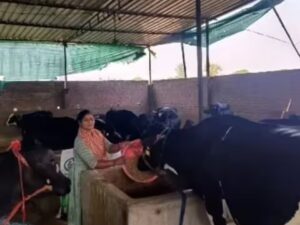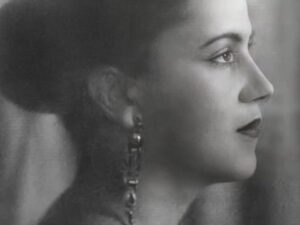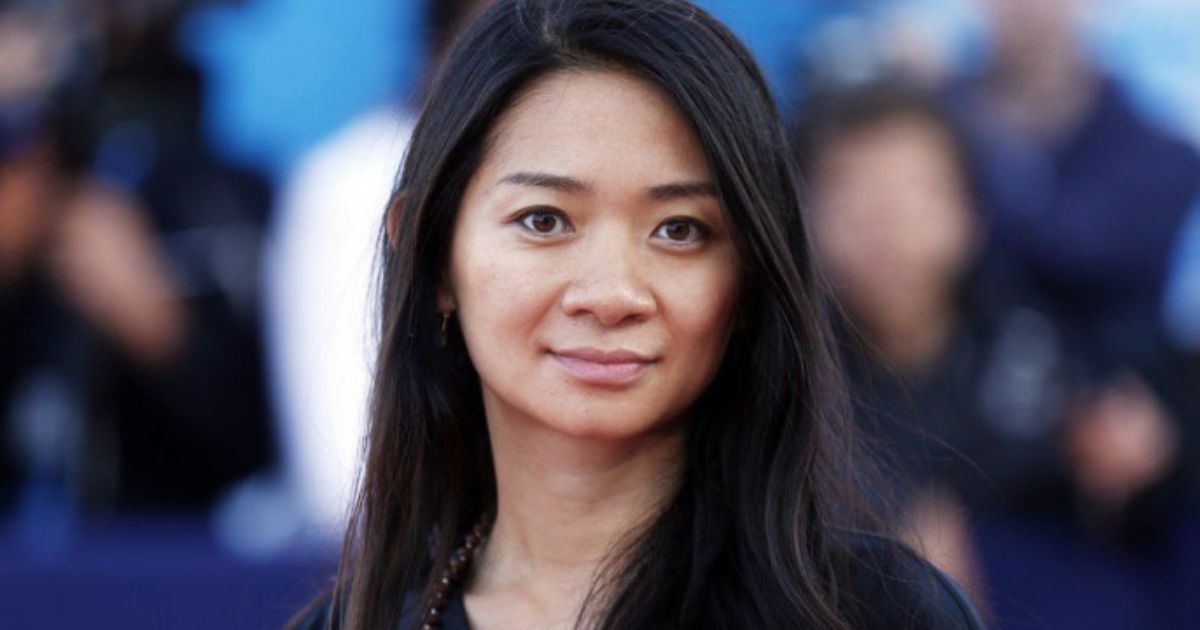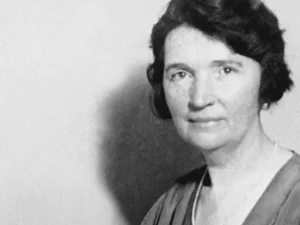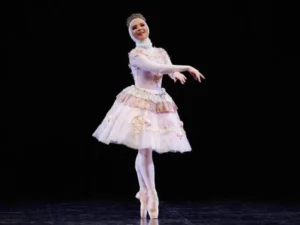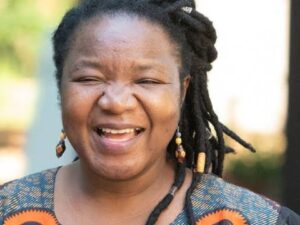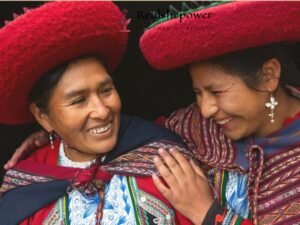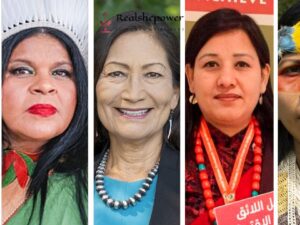In the heart of Madhya Pradesh, India, nestled among the dense forests of the Dindori district, lies the small village of Lalpur. Here, amid the vibrant tapestry of the Baiga tribe’s traditions, one woman stands as a beacon of cultural preservation: Mangala Bai Maravi. Her life’s work is not just an act of artistic expression but a defiant stand against the erosion of her people’s heritage. Mangala Bai is one of the last remaining practitioners of Baiga Godna, a sacred tattooing tradition that has adorned the bodies and souls of her community for centuries. Through her unwavering dedication, she has transformed this ancient art into a global symbol of resilience, identity, and cultural pride.
Table of Contents
A Legacy Born in Ink
Mangala Bai’s story begins in the hum of her childhood, where the rhythmic tapping of bamboo thorns and the scent of homemade kajal (a natural ink made from black sesame seeds) filled her home. Born to Shanti Bai Maravi, a renowned Baiga tattoo artist, Mangala was immersed in the world of Godna from an early age. At just seven years old, she stood on a chair to reach her mother’s clients, her tiny hands carefully carving intricate designs into skin, guided by her mother’s steady teachings. “Whenever my mother tattooed someone, I would beg her to let me help too,” Mangala recalls with a smile, her eyes gleaming with the memory of those formative years.
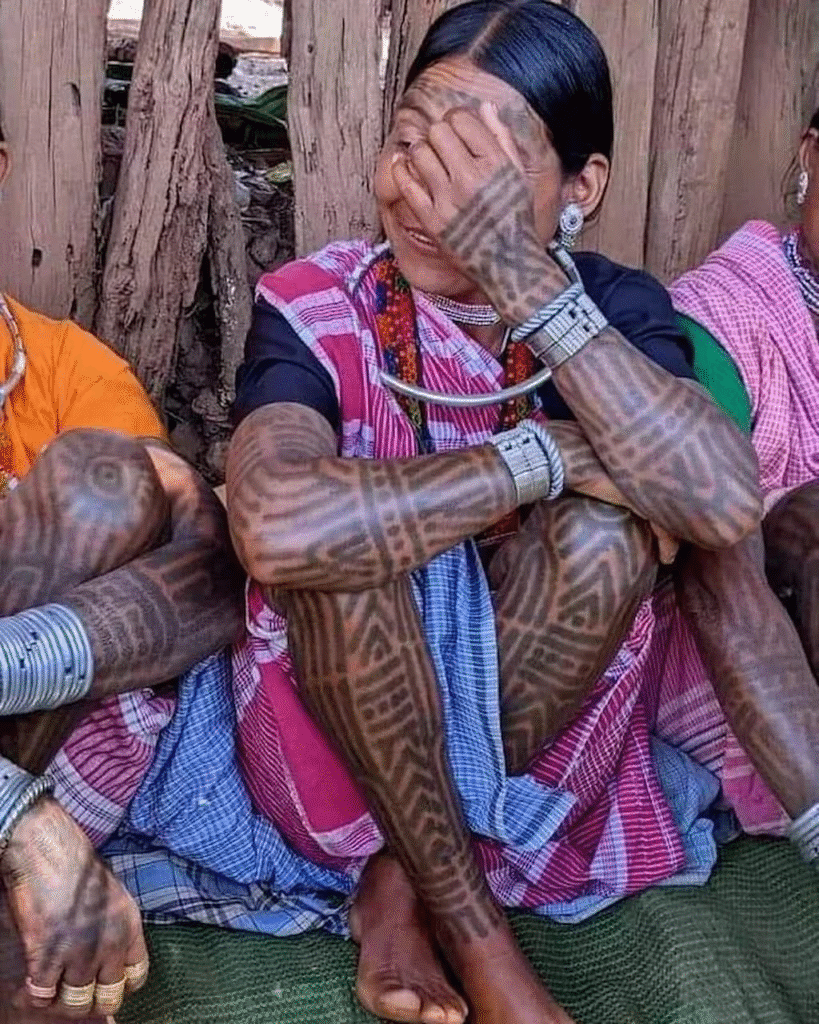
The Baiga tribe, one of the oldest indigenous communities in South Asia, has long used Godna as a cornerstone of their identity. These tattoos are far more than aesthetic; they are a living archive of the Baiga’s connection to nature, spirituality, and community. Each design—whether a fish, a beehive, a cow, or a grain—carries a story, a symbol of the tribe’s symbiotic relationship with the forests they call home. For the Baiga, tattoos mark significant life stages: a stove-shaped design on a young girl’s forehead at age eight, intricate patterns on the back at twelve, legs at thirteen, and chest after marriage or childbirth. These markings are a rite of passage, a badge of belonging, and a testament to endurance.
Mangala’s childhood was steeped in this tradition. By eleven, she was not only assisting her mother but also accompanying her to cultural events and museums across India, where Shanti Bai showcased the Baiga’s art. It was during these travels that Mangala’s vision began to take shape. She saw the awe in people’s eyes as they encountered Godna, and she felt the weight of its fading presence. “When I was young, we would move from village to village tattooing every woman,” she shares. “But hardly anyone is getting tattoos now. Some girls get their foreheads inked as per tradition, but even that is becoming rarer.”
A Tradition Under Threat
The decline of Godna is a story of displacement and modernization. The Baiga, like many indigenous communities, have faced relentless challenges: deforestation, government policies, and societal pressures have uprooted them from their ancestral lands and ways of life. As younger generations move to urban areas or face discrimination for their visible tattoos—often mocked or misunderstood in schools—the practice has waned. Unlike jewelry or written records, Godna’s history lives on the skin of its bearers, and when they pass, so too does the knowledge embedded in those designs.

Sparnod Fitness STH‑3002 Home Walking Pad Treadmill
Ultra‑slim, compact, and ready to use—no assembly needed. 2.5 HP motor, 1‑6 km/h speed, 2‑level incline, shock absorption, LED display, rolls under bed.
👉 View on AmazonMangala Bai, now in her adulthood, recognized this loss early on. At twelve, she took an oath to preserve the Godna tradition, vowing to carry forward her mother’s legacy. “I wanted it to be me, out of all my brothers and sisters, who would keep this art alive,” she says. Her determination was not just personal but communal—an act of defiance against the forces threatening to erase her people’s identity.
Reinventing Tradition: From Skin to Canvas
Mangala’s journey took a revolutionary turn when she began translating Godna designs from skin to paper and canvas. Historically, Baiga tattoos were passed down through oral tradition or drawn from memory, never documented in a tangible form. Mangala’s innovation was groundbreaking: by transferring these sacred patterns to new mediums, she ensured their survival in a world that increasingly values the tangible over the ephemeral.

Sparnod Fitness STH‑3002 Home Walking Pad Treadmill
Ultra‑slim, compact, and ready to use—no assembly needed. 2.5 HP motor, 1‑6 km/h speed, 2‑level incline, shock absorption, LED display, rolls under bed.
👉 View on AmazonThis shift was not merely artistic but economic. Painting Godna designs on canvas became a reliable source of income for Mangala’s family, offering financial stability in a community often marginalized by poverty. Her work also caught the attention of cultural institutions, both in India and abroad. In 2024, Mangala’s artistry was showcased at the 24th Biennale of Sydney, titled Ten Thousand Suns, where her ink-on-paper and canvas works were displayed at the Chau Chak Wing Museum and White Bay Power Station. Commissioned by the Biennale and the Fondation Cartier pour l’art contemporain, her pieces stood as a testament to the Baiga’s resilience and creativity.
Working alongside her friend and translator, Amit Arjel-Sharma, Mangala spent time in residence at the University of Sydney, where she crafted these works. Amit, who has spent years learning the ways of the Baiga, describes Mangala’s process as a blend of reverence and innovation. “She has always been curious about the stories behind every symbol,” he notes, emphasizing how her art is as much about preservation as it is about storytelling. Each stroke of her brush carries the weight of her ancestors’ wisdom, a visual language that speaks of survival and pride.

Sparnod Fitness STH‑3002 Home Walking Pad Treadmill
Ultra‑slim, compact, and ready to use—no assembly needed. 2.5 HP motor, 1‑6 km/h speed, 2‑level incline, shock absorption, LED display, rolls under bed.
👉 View on AmazonA Global Stage for Baiga Pride
Mangala’s appearance at the Biennale was more than an artistic milestone; it was a cultural triumph. Her work drew international attention to the Baiga’s unique tattooing tradition, sparking conversations about indigenous art and identity. “When I bring this tradition to a global stage, I hope it will have the positive impact of making them proud of their identity,” Mangala shared in a post on X, a sentiment that resonates deeply with her mission.
Her efforts have not gone unnoticed. Art Monthly Australasia, a leading visual arts publication, featured Mangala’s story, highlighting her role as a cultural ambassador. Vogue India, too, celebrated her work, noting how her journey “is a powerful reminder of the importance of safeguarding our cultural traditions.” By presenting Godna to the world, Mangala is not only preserving her heritage but also challenging the stigma faced by Baiga youth. She dreams of a day when Baiga children will wear their tattoos—or at least their cultural pride—with confidence, unburdened by the prejudice that has silenced so many.
The Woman Behind the Art
Mangala’s personal life reflects the same strength as her art. Choosing to remain unmarried to care for her ailing mother, she took on the family’s tattooing business, traveling from village to village to meet clients. She also adopted her sister’s son, who, though now married and a parent, has not followed in her artistic footsteps. Mangala herself is not formally educated, but her knowledge of Godna’s symbols and stories is encyclopedic, a testament to the oral tradition she has mastered.
Her process remains rooted in tradition. She uses homemade kajal, crafted from roasted and crushed black sesame seeds mixed with sesame oil, and employs bamboo thorns to pierce the skin—a method unchanged for centuries. Even when modern tattoo machines became available, Mangala preferred the ancestral technique, valuing its authenticity and connection to her roots.
A Call to Remember
Mangala Bai Maravi’s story is one of quiet rebellion and profound impact. In a world that often overlooks indigenous voices, she has carved a space for the Baiga, ensuring their art and identity endure. Her work challenges us to reconsider what preservation means—not just safeguarding objects or traditions but breathing life into them, making them relevant for new generations.
As she continues to paint, exhibit, and teach, Mangala carries the weight of her ancestors’ legacy while forging a path forward. Her canvases are more than art; they are a bridge between past and future, a call to remember who we are and where we come from. For the Baiga, and for all who encounter her work, Mangala Bai Maravi is a reminder that culture, when held with love and courage, can withstand the tides of time.
Through her hands, the ancient art of Godna lives on—not just on the skin of her people but in the hearts of those who see it, a testament to the enduring power of heritage and the woman who refuses to let it fade.

